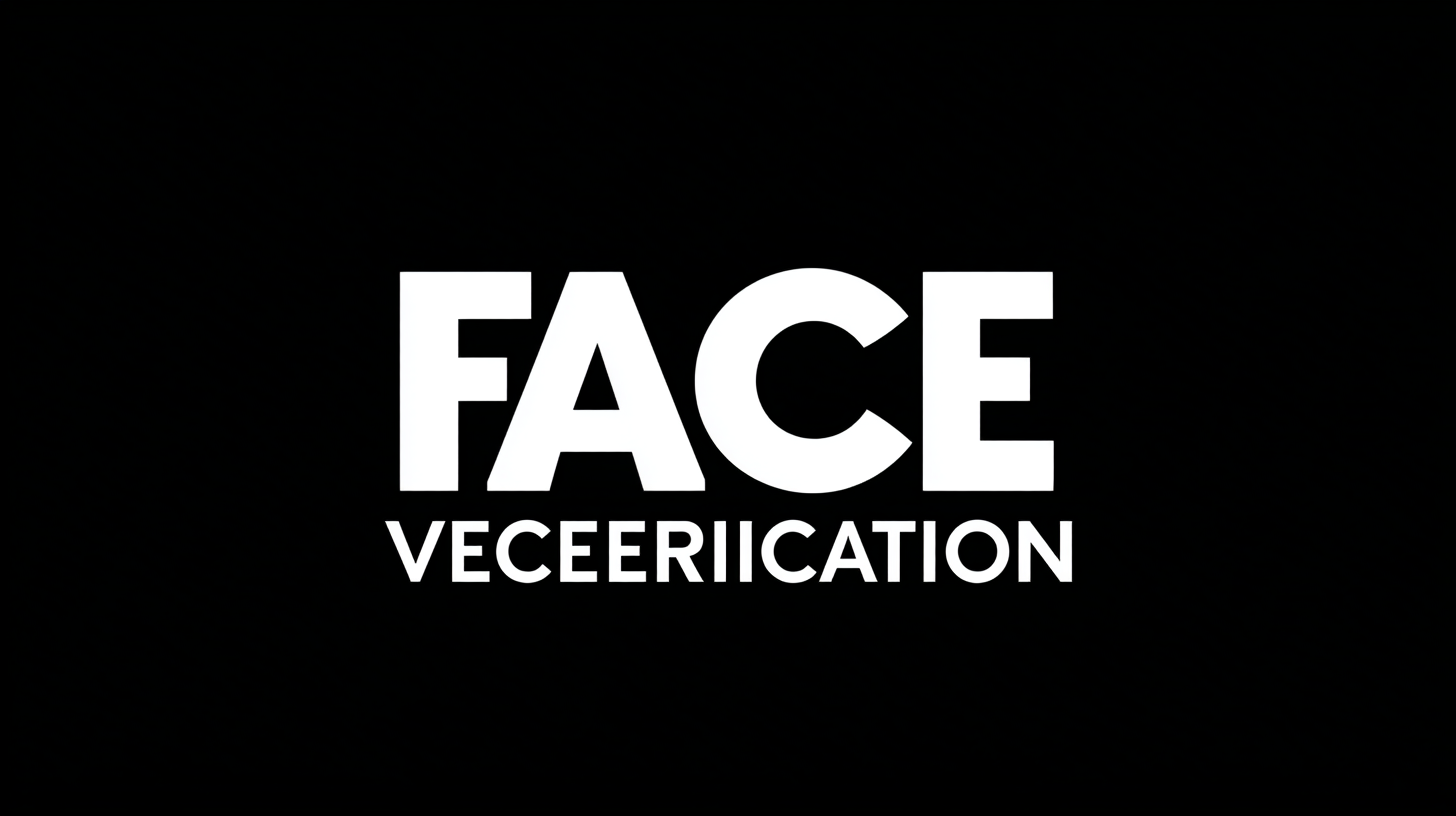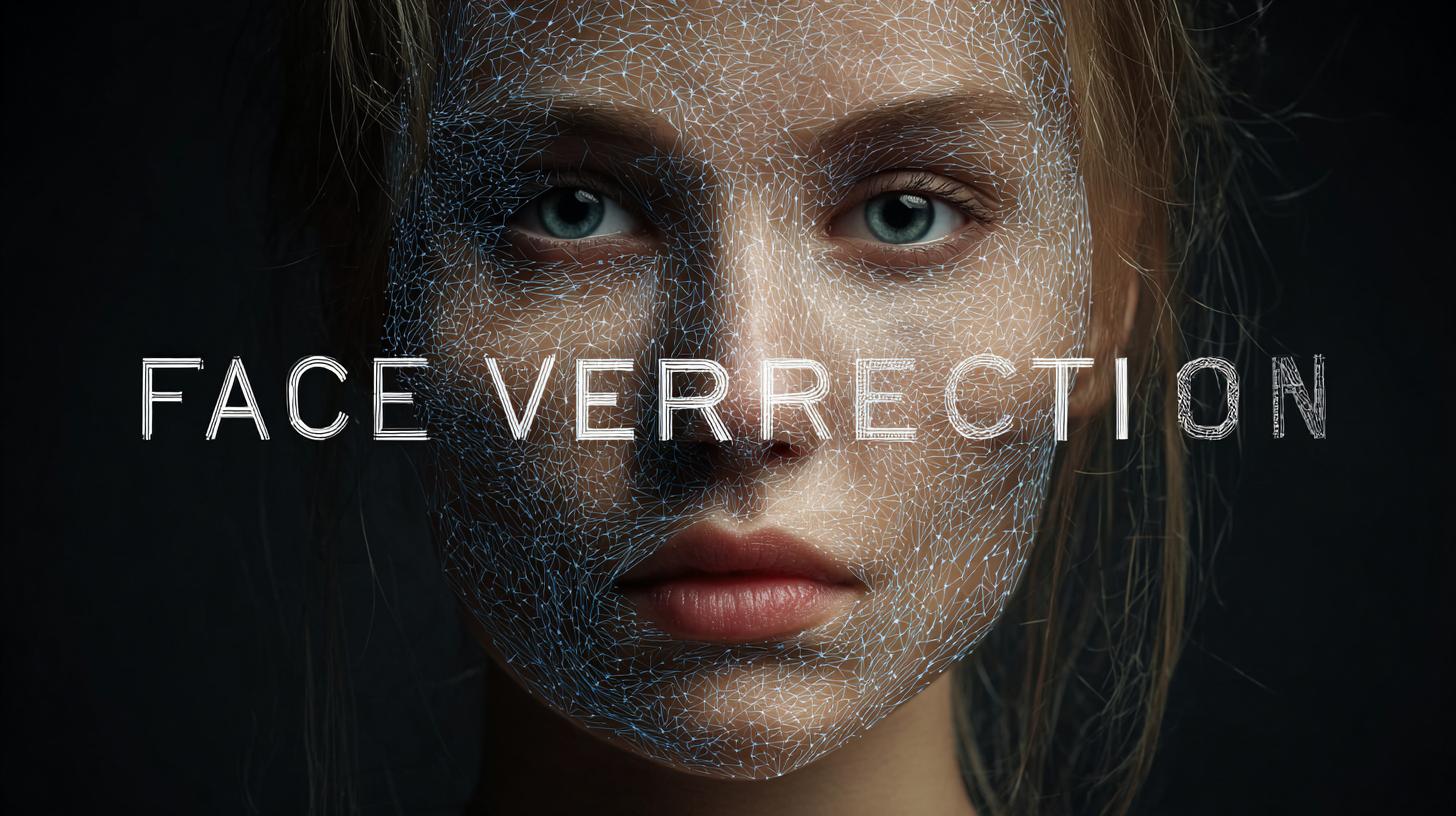How Best Face Verification Transforming Security: Case Studies and Industry Insights
In an era where security is paramount, Face Verification technology has emerged as a groundbreaking solution, transforming the landscape of security measures across various industries. As organizations strive to enhance their protective capabilities, understanding the distinct characteristics and applicability of different Face Verification products becomes crucial. This blog will delve into a comprehensive guide that highlights the features and use cases of various Face Verification solutions, showcasing their effectiveness in real-world scenarios. Through insightful case studies and industry analyses, we will explore how these innovations not only bolster security but also streamline operations, reduce risks, and improve user experiences. Join us as we navigate the transformative power of Face Verification in redefining security protocols and ensuring a safer future.

Understanding Face Verification Technology: A Comprehensive Overview
Face verification technology is rapidly reshaping the landscape of security by providing precise and efficient methods for identifying individuals. This technology employs sophisticated algorithms and machine learning models that analyze facial features, creating a biometric profile unique to each person. With applications ranging from secure access control in enterprise environments to personal device authentication, understanding the fundamentals of face verification is essential for leveraging its full potential.
When implementing face verification systems, consider these tips:
- Ensure the quality of your image data. High-resolution images enhance the accuracy of the verification process.
- Incorporate multi-factor authentication to bolster security. Combining face verification with other methods, such as passwords or security tokens, significantly reduces the risk of unauthorized access.
- Stay updated with regulatory guidelines to maintain compliance and protect users’ privacy, as the landscape of biometric data regulation continues to evolve.
By mastering the intricacies of face verification technology, organizations can not only improve their security measures but also provide a seamless user experience that fosters trust and convenience. Embracing these innovations will be critical as businesses navigate the future of security solutions.
Key Use Cases of Face Verification in Security Industries
Face verification technology is playing a pivotal role in transforming security across various industries. One of the most prominent use cases is in the banking sector, where face verification systems are employed to enhance customer authentication. By integrating biometric checks during transactions, banks can significantly reduce fraud and unauthorized access, ensuring that only legitimate customers can access their accounts. This has become increasingly important in today’s digital banking landscape, where cyber threats are on the rise.
Another critical application of face verification lies within the realm of public safety. Law enforcement agencies utilize this technology to identify suspects in real-time, thus allowing for quicker responses to potential threats. For instance, facial recognition systems at airports can help detect individuals on watchlists, improving security measures and mitigating risks. Additionally, event security teams leverage this technology to screen large crowds, ensuring that attendees are verified before entering venues, a practice that has gained traction in large-scale events and gatherings. Through these case studies, it is evident that face verification not only enhances security but also fosters a safer environment in various public and private sectors.
How Best Face Verification Transforming Security: Case Studies and Industry Insights - Key Use Cases of Face Verification in Security Industries
| Use Case | Description | Industry | Implementation Status | Benefits |
|---|---|---|---|---|
| Access Control | Using facial recognition to grant or restrict access to secure areas. | Corporate Security | Implemented | Enhanced security, reduced unauthorized access. |
| Identity Verification | Verifying identities through facial recognition for online transactions. | Financial Services | Ongoing trials | Reduced fraud, improved customer experience. |
| Surveillance | Real-time monitoring and identification of individuals in public spaces. | Public Safety | Fully deployed | Enhanced crime prevention and response times. |
| Event Security | Facial recognition at entry points for large events to manage attendance. | Event Management | Implemented | Improved entry speed, decreased ticket fraud. |
| Law Enforcement | Facial recognition for identifying suspects in investigations. | Law Enforcement | Ongoing implementation | Increased accuracy in identifying and apprehending suspects. |
Analyzing Case Studies: Success Stories in Face Verification Implementations
The implementation of face verification technology has seen remarkable success across various industries, revolutionizing the way security is maintained in both physical and digital environments. According to a report by MarketsandMarkets, the global face recognition market is expected to grow from $3.5 billion in 2020 to $7 billion by 2025, reflecting a compound annual growth rate (CAGR) of around 14%. This surge can be attributed to successful case studies showcasing the efficacy of face verification in enhancing security protocols.
One notable example is the use of face verification in airports, where biometric systems have significantly reduced boarding times and improved safety measures. A case study conducted at a major international airport revealed a 30% decrease in processing times due to automated face recognition systems, which helped to streamline passenger verification while ensuring heightened security. Additionally, in the financial sector, banks have adopted face verification technology to combat fraud, with some institutions reporting a 40% reduction in identity theft cases since implementing biometric authentication measures. These success stories underline the transformative impact of face verification technologies in safeguarding assets and enhancing overall security standards.
Best Practices for Implementing Face Verification Solutions
The market for digital identity solutions is projected to grow significantly, from $30.81 billion in 2023 to $101.37 billion by 2030, reflecting a compound annual growth rate of 18.5%. This explosive growth highlights the rising importance of face verification technology within the security landscape. North America currently dominates this global market, as organizations increasingly prioritize robust identity management systems that cater to enhanced consumer privacy and seamless user experiences.
To effectively implement face verification solutions, organizations should consider adopting best practices that focus on user acceptance and compliance with emerging regulatory frameworks. One key tip is to prioritize passwordless authentication methods, which not only expedite user access but also reduce vulnerabilities associated with traditional password systems. Furthermore, businesses should invest in standardized biometric recognition systems to ensure compatibility and security across diverse platforms.
Another vital consideration is to cultivate a culture of awareness regarding privacy concerns. Educating users about data protection and the benefits of biometric solutions will enhance user trust and encourage broader adoption. By strategically navigating the evolving landscape of digital identity verification, organizations can better position themselves to leverage these innovative technologies for improved security and operational efficiency.

Future Trends in Face Verification Technology and Security Applications
 The future of face verification technology is poised to revolutionize security applications across various industries. As algorithms continue to evolve, advancements in artificial intelligence and machine learning are driving unprecedented accuracy rates in facial recognition systems. These developments are not only enhancing security measures in sectors like banking and public safety but are also paving the way for innovative applications such as personalized customer experiences in retail. For instance, retailers can now employ face verification to recognize loyal customers and tailor services, creating a seamless shopping journey while ensuring security.
The future of face verification technology is poised to revolutionize security applications across various industries. As algorithms continue to evolve, advancements in artificial intelligence and machine learning are driving unprecedented accuracy rates in facial recognition systems. These developments are not only enhancing security measures in sectors like banking and public safety but are also paving the way for innovative applications such as personalized customer experiences in retail. For instance, retailers can now employ face verification to recognize loyal customers and tailor services, creating a seamless shopping journey while ensuring security.
Looking ahead, the integration of face verification technology with other biometric systems promises to enhance security further. By combining facial recognition with voice authentication and behavioral analytics, organizations can develop multi-layered security frameworks that offer greater protection against fraud and unauthorized access. Moreover, as privacy concerns continue to surface, the industry is expected to shift towards more transparent practices. This includes robust data protection protocols and ethical considerations surrounding the use of biometric data, which will be vital in fostering public trust and widespread adoption of face verification technologies in the years to come.